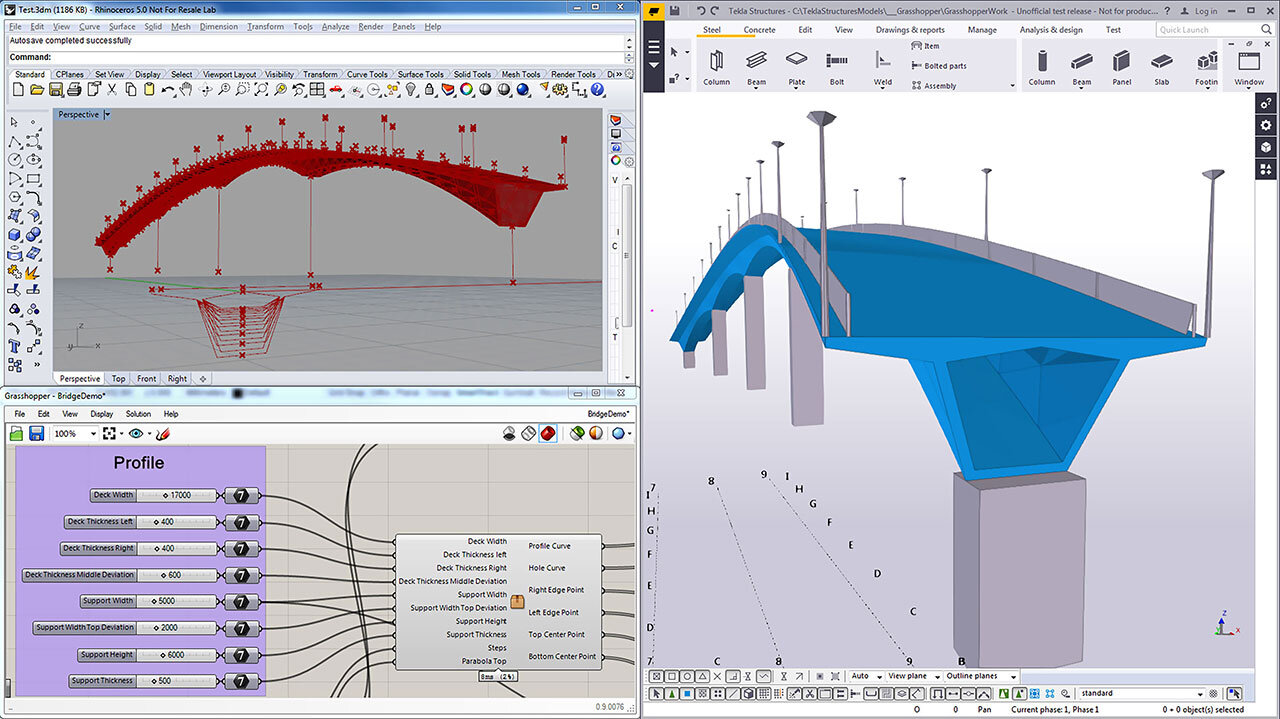Statens Vegvesen
Source: Samferdsel & Infrastruktur
The Norwegian Public Roads Administration will continue to develop building information modeling - BIM - in its future projects.
Information-rich 3D BIM models are now used both coordination models across professional groups and as a basis for work on the construction site. The agency will be proactive in the development of modernizing and streamlining the design phase and dedicates its own BIM coordinator to drive the initiative forward and coordinate the work.
Work is currently underway to compile requirements and specifications for future BIM models, where experiences and expertise from earlier projects are drawn up for further use. The goal is to be able to deliver drawing-free projects in all phases, from plan and design to operation and maintenance. To achieve this, 3D models must contain at least as much information as drawings have been up until today.
Software
In the myriad of available BIM software, the Roads Administration has landed on Tekla Structures as a BIM program for bridge. Together with the developers of Tekla, work will be done on customizing software for bridges, culverts, masonry and other transport structures.
With this software, the projector can enter information on all elements regarding material selection, design, object codes, process codes, etc. Furthermore, information can also be entered for future operation and maintenance of the structure. The development will allow the 3D models to provide all the necessary information for the construction lifetime.
Efficiency
IMAGE: Tekla Structures and Grashopper
In addition to enriching the 3D models with information, there is a great potential for efficiency in modeling as many projects incorporate similar constructions as prior projects. An additional software, Rhinocerous 6 (Rhino), will make it very user-friendly to produce standard construction geometries along given road lines. The program is based on relatively simple mathematical coding of geometry and content, and is prepared as needed internally in the section. The benefit comes once you have created the code, as it will be able to be reused effectively by everyone in retrospect. Changes can be made quickly, and the model can be detailed in the page with content in Tekla.
The advantage of software is that it can used on a large number of designs, which in turn will save hours of modeling for a project. In addition, constructions can be quickly entered into coordination models with the rest of the participants on the project and allow for concurrent planning. For example, a simple keystroke will be able to model a culvert, single cross-section with columns, walls, etc. Any change to parameters from one project to another can easily be done in Rhino, and the changes will automatically be populated in the Tekla modeling program.



